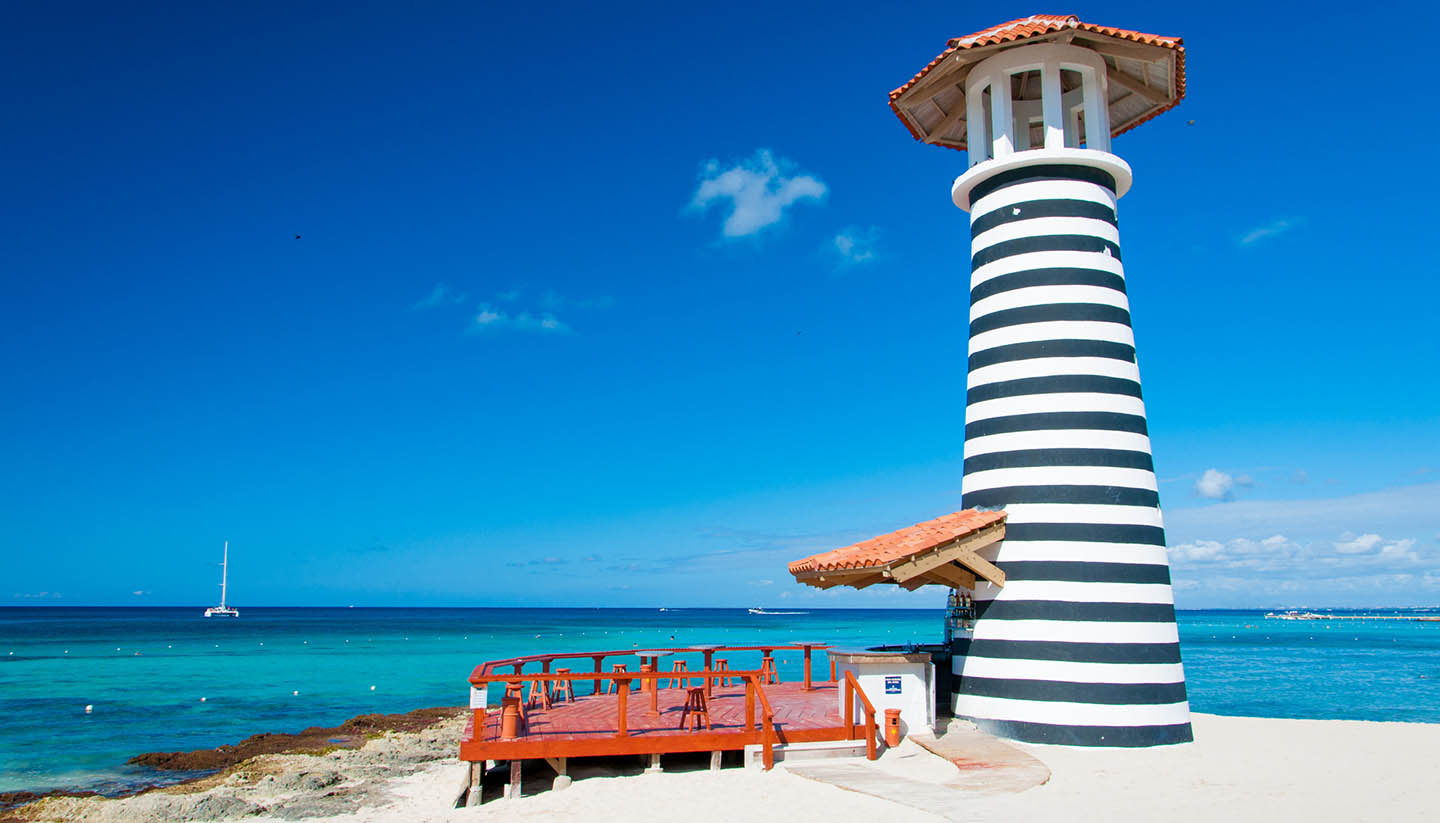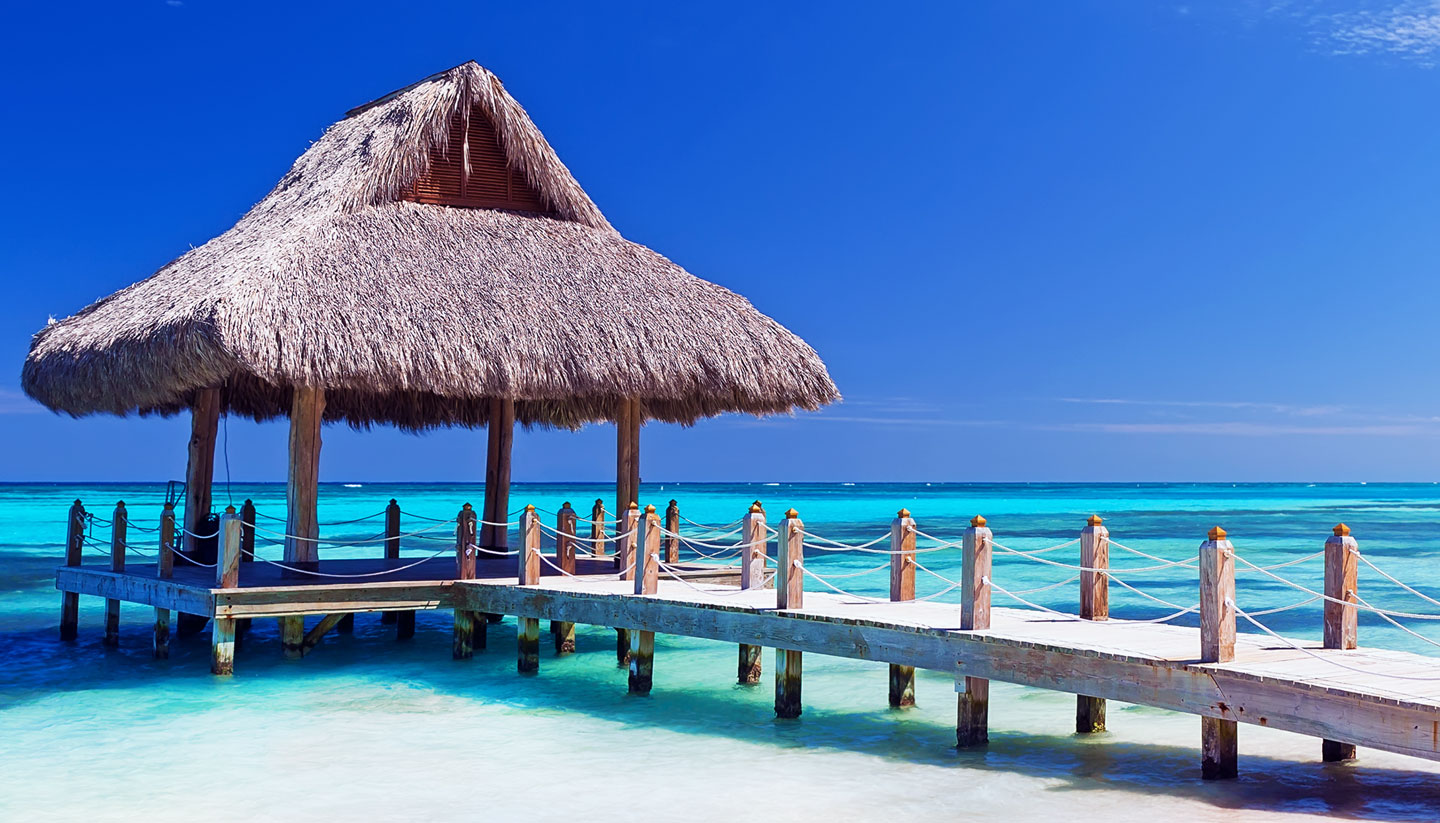Dominican Republic History, Language and Culture
History of Dominican Republic
Christopher Columbus discovered the island of Hispaniola, which comprises present-day Dominican Republic and Haiti, in 1492 and established it as his main base for the further exploration of the region.
For two centuries the Spanish ruled the island, but as they became increasingly distracted by their fledgling settlements on the mainland, English pirates plundered and ransacked almost at will, while French colonisers threatened to take over. Finally, in 1697, western Hispaniola (present-day Haiti) came under French control, with the east remaining under Spanish control, a division that still exists today, with the Dominican Republic and Haiti sharing the island.
A century later, Santo Domingo (the oldest city in the Americas), which was founded by Columbus' brother in 1496, was ceded to the French; the rest of the island soon followed suit. The Battle of Palo Hincado, in 1808, heralded the collapse of French rule in the eastern part of the island. The colony reverted to Spanish sovereignty the following year, and in 1821, the colonial treasurer, José Nunez de Caceres, proclaimed Santo Domingo's independence.
This independence was short-lived, however, as in 1822, the Haitians invaded the colony and occupied it for 22 years, until, on 27th February 1844, the territory of Santo Domingo recovered its sovereignty and declared independence as the Dominican Republic.
After years of civil war and US occupation, the republic was taken over by General Rafael Trujillo (1930-1961), whose dictatorship was characterised by cruelty and megalomaniac excess. Finally, after years of brutally oppressing his opponents, Trujillo was assassinated in 1961, prompting a period of civil unrest.
Since then, the country has had a series of Presidents and each has tried to rebuild and diversify its economy. Today, the service sector has overtaken agriculture and is now the largest contributor to the GDP.
Did you know?
• Dictator Rafael Trujillo (1891-1961) was famous for his love of fine clothes. He had almost two thousand suits and more than ten thousand neckties.
• Santo Domingo is the oldest city in the new world.
• The flag of the Dominican Republic is thought to be the only flag in the world that features a Bible.
Dominican Republic Culture
Religion in Dominican Republic
Roman Catholic 95%
Social Conventions in Dominican Republic
Dominicans are friendly and hospitable, with a big emphasis on family value and loyalty. It is not uncommon to see your hosts go out of their way to make you feel comfortable.
Social appearance is important. Daytime dress is generally casual but beachwear and shorts are only acceptable in resorts and at pools; it is rare for locals to enter a church wearing shorts or a T-shirt. In many areas, evenings tend to be smarter, with dressing up common at better restaurants, hotels and for social functions.
Language in Dominican Republic
Spanish is the official language although some English and French are spoken.



